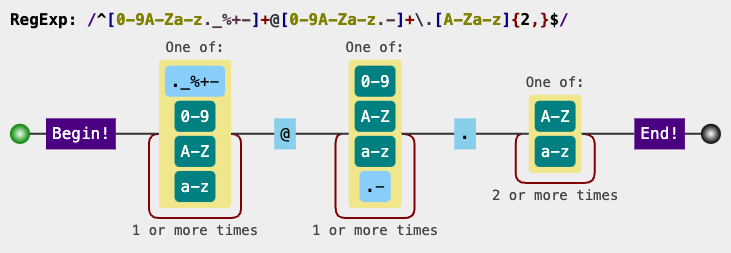· Heybounce · Guides · 4 min read
What Are Disposable Emails and How to Prevent Them from Hurting Your Email Deliverability
Disposable emails hurt deliverability and engagement. Learn how to identify and prevent them to protect your sender reputation.

Email marketing remains one of the most powerful tools for engaging with your audience. However, if your email list is filled with invalid or disposable email addresses, it can negatively affect your email deliverability and campaign success. Understanding what disposable emails are, why they’re used, and how to prevent them from damaging your campaigns is essential for any business.
In this blog post, we’ll explain what disposable emails are and offer practical tips on how to identify and eliminate them from your lists to maintain strong email deliverability.
What Are Disposable Emails?
Disposable emails are temporary email addresses that users create to avoid providing their real email address. These addresses are usually valid for a short time—ranging from a few minutes to a few hours—and are typically used for one-time signups or to avoid spam.
Websites like 10MinuteMail, GuerrillaMail, and Mailinator allow users to create disposable emails quickly. While they may serve a legitimate purpose for some users, they pose a significant challenge for email marketers and businesses.
Why Are Disposable Emails a Problem?
There are several reasons why disposable emails can harm your email deliverability:
1. Higher Bounce Rates
Since disposable emails are valid for only a short period, they often become inactive soon after being created. If you send an email to a disposable address after it has expired, it will result in a bounce, negatively impacting your sender reputation.
2. Low Engagement Rates
Disposable email addresses are usually used by people who aren’t genuinely interested in engaging with your content. As a result, sending emails to these addresses will result in low open rates and minimal engagement, which can further hurt your email campaign’s performance.
3. Damaged Sender Reputation
When your emails consistently bounce or result in low engagement, email service providers (ESPs) will flag your domain as suspicious. This leads to email deliverability issues, with your messages potentially ending up in the spam folder or being blocked altogether.
How to Identify Disposable Emails
Before disposable emails hurt your campaigns, it’s crucial to detect and remove them from your list. Here are some effective ways to identify disposable email addresses:
1. Use an Email Verification Tool
An email verification tool can quickly scan your email list and detect disposable email addresses. These tools cross-reference known disposable domains and flag temporary addresses, helping you keep your list clean.
2. Monitor Unusual Domain Names
Disposable email addresses often come from domains that aren’t typical for personal or professional email use. Keep an eye out for domains like @mailinator.com, @tempmail.com, or other unknown, obscure domain names.
3. Analyze Sign-Up Patterns
Disposable email users often exhibit unusual sign-up patterns. For example, they may sign up without interacting with your content or they may provide minimal information. If you notice a sudden influx of sign-ups from similar domains or with similar user behaviors, those addresses could be disposable.
How to Prevent Disposable Emails from Entering Your List
The best way to deal with disposable emails is to stop them from entering your list in the first place. Here are some proactive strategies you can implement:
1. Implement Real-Time Email Verification
Real-time email verification, through an API, can block disposable email addresses at the moment of sign-up. This helps ensure that only valid, active email addresses are added to your list, keeping it clean from the start.
2. Use CAPTCHA for Sign-Up Forms
Adding a CAPTCHA to your sign-up forms can help reduce the chances of bots or users signing up with disposable email addresses. CAPTCHA requires users to complete a small task, which discourages casual users from using temporary emails.
3. Offer Incentives for Real Email Addresses
Encourage users to provide their real email addresses by offering incentives such as discounts, free content, or access to exclusive resources. By creating value, users are more likely to provide genuine email addresses.
4. Monitor Sign-Ups from Known Disposable Email Domains
Regularly monitor sign-ups to identify common domains used for disposable email services. You can set up filters or automatic rules to reject emails from these domains during the sign-up process.
Conclusion
Disposable emails can severely impact your email deliverability, bounce rates, and sender reputation if left unchecked. By identifying and preventing disposable email addresses from entering your lists, you can protect your email marketing efforts and ensure long-term success.
Use email verification tools, monitor unusual domain names, and implement real-time verification to keep your email list clean and engaged. By proactively managing disposable emails, you’ll improve your email campaign performance and maintain a strong sender reputation.





